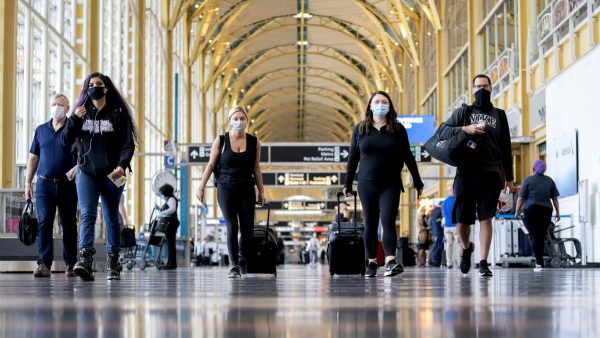GENEVA, 13 May 2022: Good news for travellers; the latest guidance recommends ditching masks when flying within Europe, a move that gained a welcome response from the International Air Transport Association.
However, phasing out mask-wearing inflight would still depend on whether it is mandatory for other forms of transport and the rules individual countries may impose. Mask wearing on flights in Asia remains compulsory and on public transport and indoor venues, including shopping malls. Singapore is easing the rule but not for public transport and airlines.

Japan on Wednesday said it was no longer necessary to wear masks outdoors to protect against Covid-19 providing social distancing was practised.
A recent report noted that 18 airlines in the US phased out mask-wearing on their domestic flights and international flights to destinations where mask-wearing was deemed optional. However, here in Asia, inflight mask-wearing remains mandatory in most contexts and is likely to stay that way until Covid-19 is declared an endemic across the region.
Newest EU guideline
IATA said on Thursday it welcomed new guidance from the European Aviation Safety Agency (EASA), removing its recommendation that masks should be required in-flight.
EASA’s updated Aviation Health Safety Protocol, published on 11 May, calls for the mandatory mask rule to be relaxed where restrictions have been eased for other transport modes.
This important shift reflects the high levels of vaccination, natural immunity levels, and the removal of domestic restrictions in many European nations. The updated guidance also acknowledges the need to move from an emergency to a more sustainable mode of managing Covid-19.
“We welcome EASA’s recommendation to relax the mask mandate, which is another important step along the road back to normality for air passengers. Travellers can look forward to the freedom of choice on whether to wear a mask. And they can travel with confidence knowing that many features of the aircraft cabin, such as high-frequency air exchange and high-efficiency filters, make it one of the safest indoor environments,” said IATA’s director-general Willie Walsh.
However, several jurisdictions still maintain mask requirements. That is a challenge for airlines and passengers flying between destinations with different requirements.
“We believe that mask requirements on board aircraft should end when masks are no longer mandated in other parts of daily life, for example, theatres, offices or on public transport. Although the European protocol comes into effect next week, there is no globally consistent approach to mask-wearing on board aircraft. Airlines must comply with the regulations applicable to the routes they are operating. The aircraft crew will know what rules apply and it is critical that passengers follow their instructions. And we ask that all travellers be respectful of other people’s decision to voluntarily wear masks even if it is not a requirement,” said Walsh.
IATA (International Air Transport Association) represents 290 airlines comprising 83% of global air traffic.






